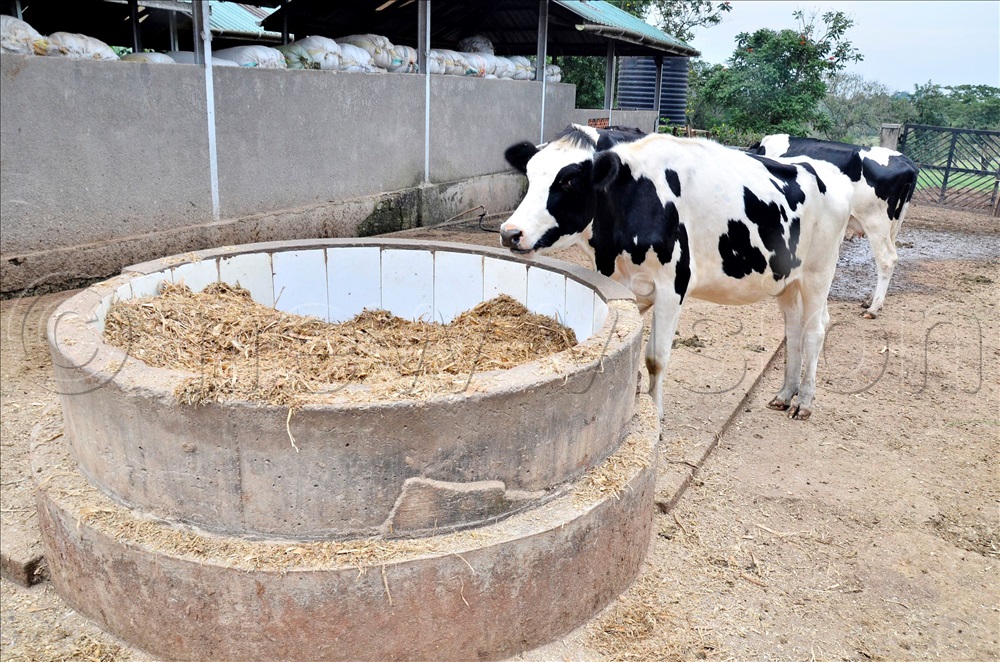Feeding dairy cows may sound as simple as tossing grass into a paddock, but for serious dairy farmers, it’s a more calculated science. To get quality milk, your cows must eat well, starting with having a properly planned eating centre.
Samuel Nyabongo a dairy farmer in Fort Portal believes that once the feeding system is organised, the rest of the farm flows smoothly.
“An eating centre is not just a place where cows feed,” Nyabongo explains.
“It’s the heart of your dairy farm. It ensures every cow gets the right amount of feed, avoids wastage, and maintains hygiene.”
A well-structured eating centre also reduces competition among cows, helps monitor feeding patterns, and supports consistent milk production.
According to Nyabongo, when cows are fed uniformly and stress-free, they are healthier and more productive.
The basics
Ruta Ngambwa, a dairy farmer in Zirobwe, says he started by consulting other farmers and experts.

“I realised feeding from random spots wasted a lot of grass and silage. I was losing money without even knowing,” he says.
To start, farmers need to secure a clean, dry, and slightly elevated place to prevent flooding. Then comes the construction of feeding troughs. These can be made from wood, concrete, or metal, depending on the farmer’s budget.
“Ensure the troughs are long enough to allow several cows to feed at once,” Ngambwa advises.
“Space each feeding point about two feet apart to avoid competition and injury.”
Water is just as important as food. Clean water troughs should be placed nearby, and accessible at all times.
“A cow drinks between 20-30 litres of water daily, especially during hot days or when consuming dry feeds like hay,” he notes.
Feed management
Peter Mubiru, a veterinary doctor, emphasises the need for a balanced diet.
“A good eating centre is pointless if the feed isn’t balanced,” he says.
He recommends including a mix of roughage (like Napier grass, silage, and hay), concentrates (like maize bran, and cottonseed cake), and mineral supplements.
The feed should be fresh, free from mold, and offered in appropriate quantities based on the cow’s weight and stage of lactation.
Mubiru also stresses hygiene.
“The feeding area must be swept daily. Leftovers should be cleared to avoid attracting pests and causing disease.”
Labour and routine
An eating centre only works if the people managing it are consistent.
“Cows are routine animals,” Ngambwa explains.
“Feed them at the same time every day, and you’ll notice





